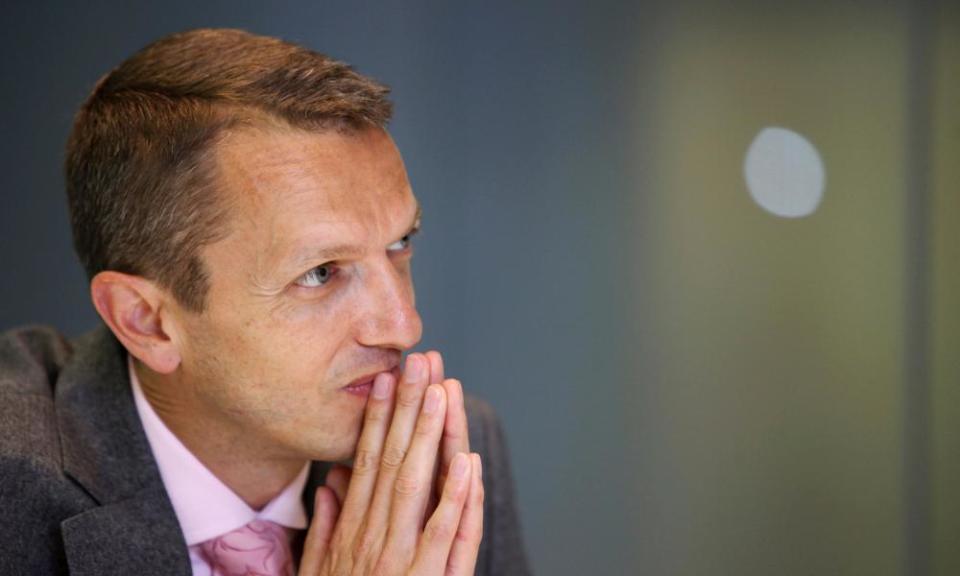Rates may have to rise sooner to tame inflation threat, says Bank economist

Central bank complacency risks letting the “inflation tiger” out of the bag, a senior Bank of England policymaker has said.
Adding to market jitters about the resurgence of price pressures as the global economy recovers from the Covid-19 pandemic, Andy Haldane said borrowing costs could need to go up sooner than the City expected to tame the inflationary threat.
Threadneedle Street’s chief economist – who has been the most optimistic of the nine members of the Bank’s rate-setting monetary policy committee – said the low-inflation era of the past few decades may be coming to an end.
Other MPC members believe rising unemployment and business failures will ensure that inflation remains close to its official 2% target in the coming years, but Haldane said a smaller workforce, the retreat from globalisation, the stimulus provided by central banks, and the boost to consumer spending generated by running down savings would combine to push up the cost of living.
“Inflation is the tiger whose tail central banks control,” Haldane said in a speech. “This tiger has been stirred by the extraordinary events and policy actions of the past 12 months. It is possible that, as vaccinations are rolled out and some degree of normality returns, inflation will return to a stable state of rest. Indeed, if risks from the virus or elsewhere prove more persistent than expected, disinflationary forces could return.
“But for me there is a tangible risk inflation proves more difficult to tame, requiring monetary policymakers to act more assertively than is currently priced into financial markets. People are right to caution about the risks of central banks acting too conservatively by tightening policy prematurely. But for me the greater risk at present is of central bank complacency allowing the inflationary big cat out of the bag.”
Interest rates – or yields – on government bonds have risen this week as investors have demanded greater insurance against the risk of inflation. Haldane recently said in a newspaper article that the economy was like a “coiled spring” ready to go off, and his comment that the risks to inflation were skewed to the upside pushed the pound higher on the currency markets. He said there were “good grounds” for believing future inflation could behave very differently than in the past.
The MPC’s collective position is that policy will not be tightened until there is clear evidence that the economy has made up the ground lost during the pandemic and the inflation target has been sustainably met.
Haldane said: “My judgment is that we might see a sharper and more sustained rise in UK inflation than expected, potentially overshooting its target for a more sustained period, as resurgent demand bumps up against constrained supply.”
Financial markets globally had recently begun pricing in this possibility, he added.

 Yahoo Finance
Yahoo Finance 